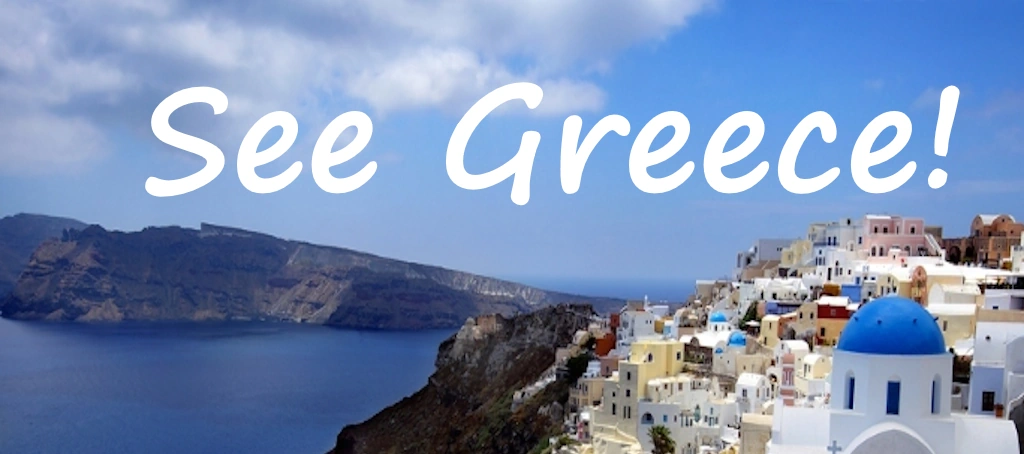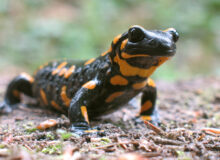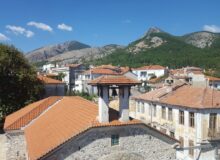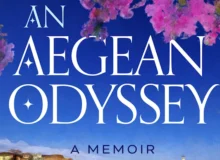Kalamata
Kalamata in the Peloponnese is the area’s second-biggest city and is world-famous for the quality of its olives and for the nearby site of Ancient Messene.

Kalamata is the second-largest city in the Peloponnese after Patras, with a population of about 70,000. Like Patras, it’s never really become a big tourist destination. Instead, Kalamata’s top-quality olives have made its name known around the world. In Greece it’s also known as the home of a dance called the Kalamatianos.
Kalamata History
Kalamata’s history spans from Homeric times to its pivotal role in the fight for Greek independence, making it one of the Peloponnese’s most storied cities. Kalamata traces its roots to ancient Pharai, mentioned in Homer’s Iliad as part of King Agamemnon’s realm.
During the Mycenaean period, the surrounding region of Messenia was a major center of civilization, with nearby Pylos as a powerful hub. In classical antiquity, Messenia often fell under Spartan control, though it retained cultural distinctiveness.

Kalamata gained prominence during the Byzantine era, especially after the decline of neighboring cities. Kalamata Castle, built in the 6th century and expanded by the Franks in the 13th century, reflects this medieval growth.
On March 23, 1821, Kalamata became the first Greek city liberated from Ottoman rule, marking a key moment in the Greek War of Independence. Today, the city blends its rich past with modern vitality, known for its olives, cultural festivals, and historical landmarks like the Church of the Holy Apostles, where the revolution was declared.

What to See in Kalamata
There are a few things for the visitor to see in Kalamata, including a municipal art gallery and a folk art museum. Some of the other attractions include:
Archaeological Museum of Messenia
The Archaeological Museum of Messenia naturally contains finds from all over the region, especially from Ancient Messene (see below). They’re displayed in four different sections for the four different regions making up Messenia: Kalamata, Messene, Pylia and Triphylia.
Cathedral of Ypapanti
The Cathedral of Ypapanti in Kalamata is a revered religious and architectural landmark, central to the city’s identity and spiritual life. Built between 1860 and 1873, the Cathedral of Ypapanti tou Sotiros, to give it its full name, stands on the site of earlier temples destroyed during conflicts in the 18th and 19th centuries. It was badly damaged in the major earthquake which devastated Kalamata in 1986, and was subsequently restored.

It showcases neo-Byzantine architecture, with twin bell towers and a grand dome. Inside, it houses the miraculous icon of Panagia Ypapanti, discovered in Ottoman ruins and believed to protect the city. Each year at the cathedral on February 2nd, Kalamata celebrates the Feast of the Presentation of the Lord, drawing pilgrims and visitors alike.
Kalamata Castle
Kalamata Castle is a medieval fortress perched on a hill overlooking the city. Built in the 13th century by the Franks of the Principality of Achaea, the castle incorporates remnants of earlier Byzantine and ancient Pharae structures. It played a strategic role through centuries of conflict, passing through the hands of Byzantines, Venetians, and Ottomans.
A church within the castle once housed an icon of the Virgin Mary, inspiring the name “Kalamata” from “Kalomata” (beautiful eyes). Though partially ruined, the site offers panoramic views and a glimpse into the region’s layered history and cultural resilience.

Kalamata Municipal Railway Park
The Kalamata Municipal Railway Park is the only open-air railway museum in Greece. Established in 1986 and fully opened in 1990, the park spans 5.4 hectares on the site of the old Kalamata-Limin station. It features a rich collection of historic locomotives, including steam and diesel engines, passenger cars, and freight wagons donated by the Hellenic Railways Organisation (OSE). Visitors can explore railway platforms, a metal footbridge, and a water tower, all set within lush greenery. The park is ideal for families and history enthusiasts, offering a nostalgic journey through Greece’s transportation past.
Ancient Messene
The site of Ancient Messene is about a 40-minute drive northwest of Kalamata, and not to be confused with the modern town of Messini which you pass through on the way. The archaeological site is 25 minutes further on, after you drive through Messini.
The site sprawls over the sides of Mount Othoni, which is about 800m (2,625ft) high and which is also home to the lovely little village of Mavromati. There are some rooms to rent here if you want to spend the night, rather than down in Kalamata. If you climb to the top of Mount Othoni you’ll get great views over a lot of the southern Peloponnese.
When you see the extent of the remains you realise what an important city this must have been. What’s also remarkable is that the city was protected by walls which were about 10m (33ft) high and ran for 9km (5.6 miles). The walls were built in about 369BC and stood almost undamaged for 750 years.
Kalamata Olives

Kalamata is part of the Messenia regional unit, one of several regional units that make up the Peloponnese. According to European Union (EU) law, only olives grown in this region can be called Kalamata olives. The same applies to olive oil from the region. However, this type of olive is grown in many other parts of the world where there’s no law against calling them Kalamata olives.
Kalamata olives are dark brown olives that are very plump and meaty, which is why they are so highly-regarded. They are a dark purple/black colour, and must be hand-picked to help prevent them getting bruised. If you ate one straight from the tree it would taste very bitter, which is why they are first soaked, with various methods used to get almost all of the bitterness out of them.




















